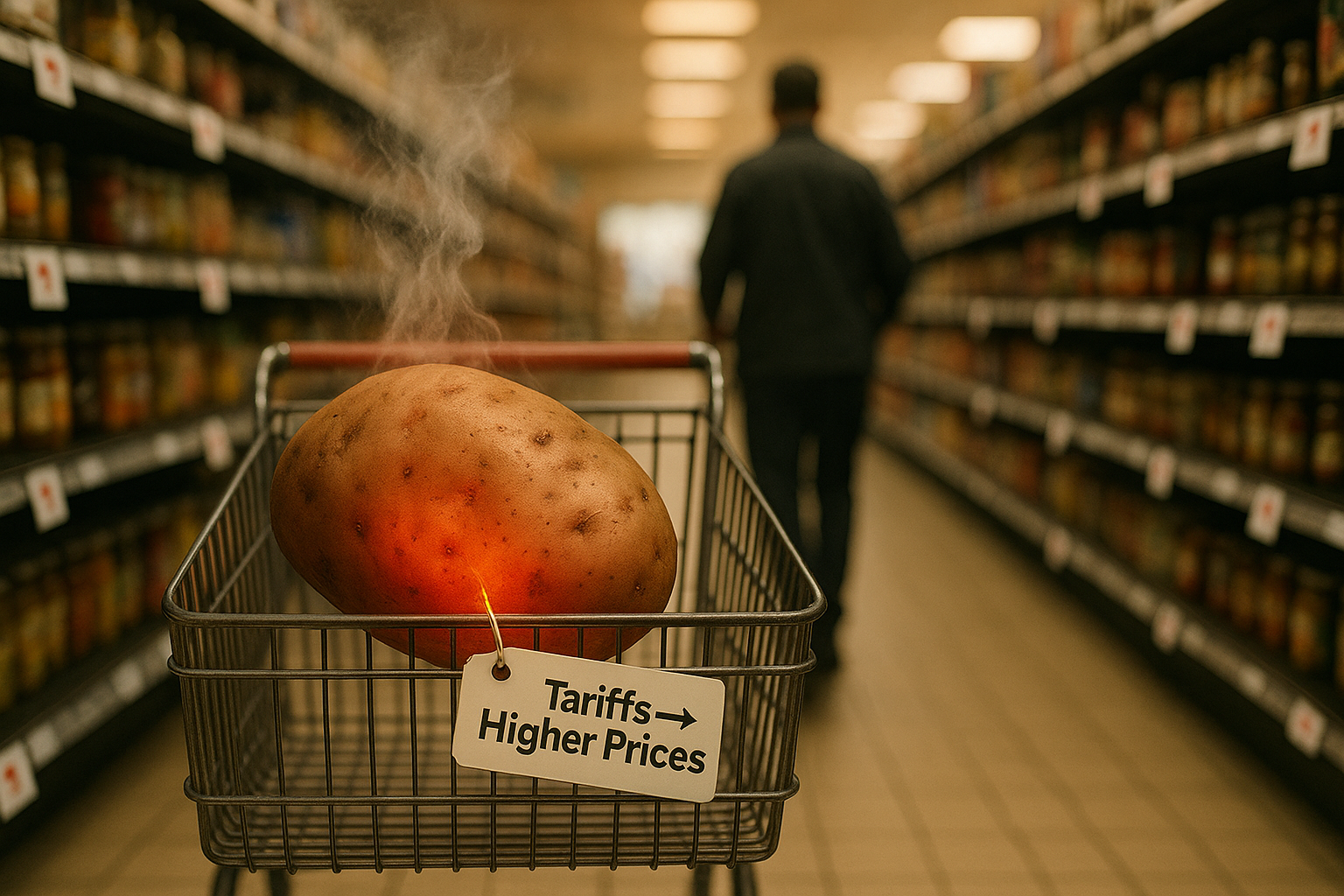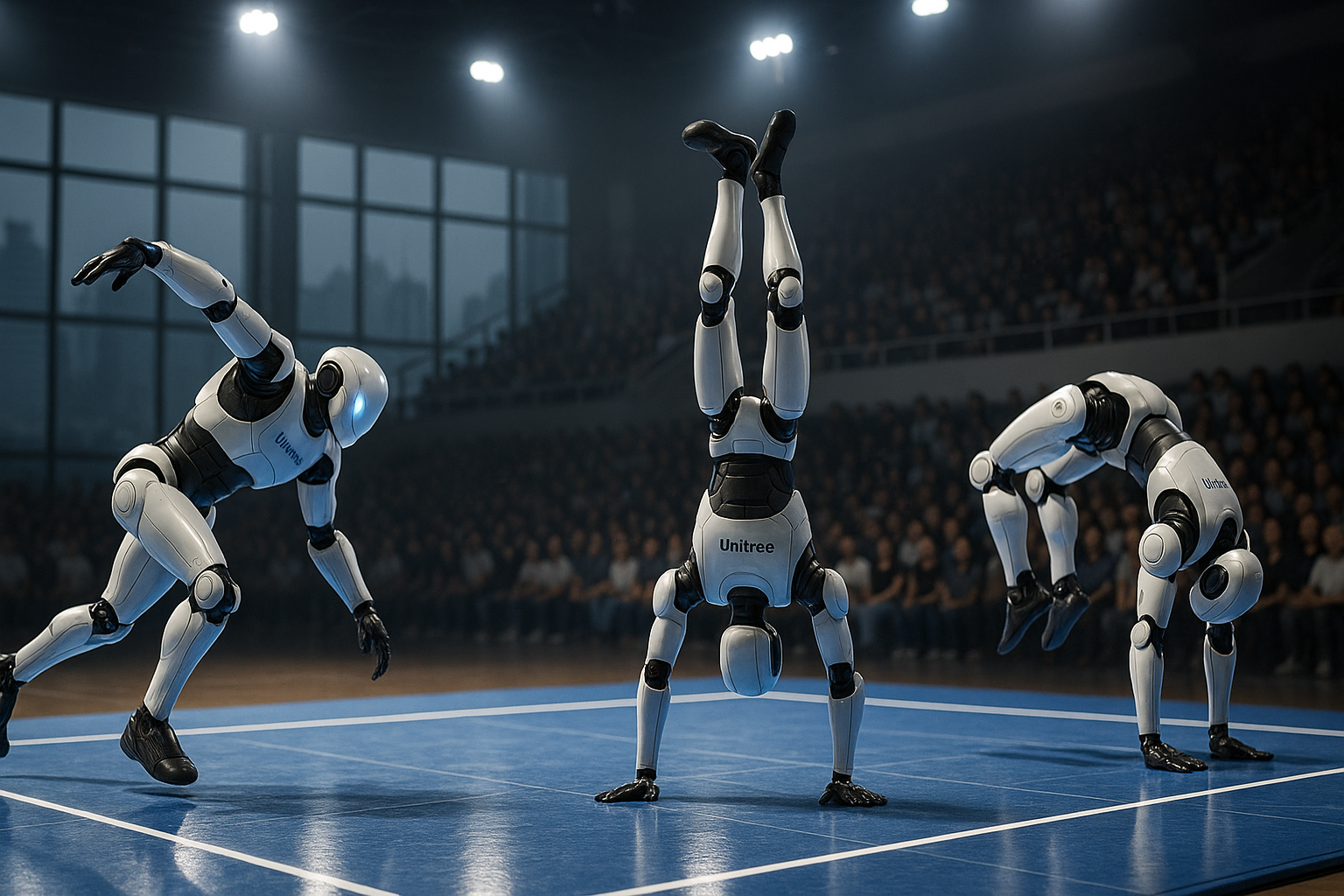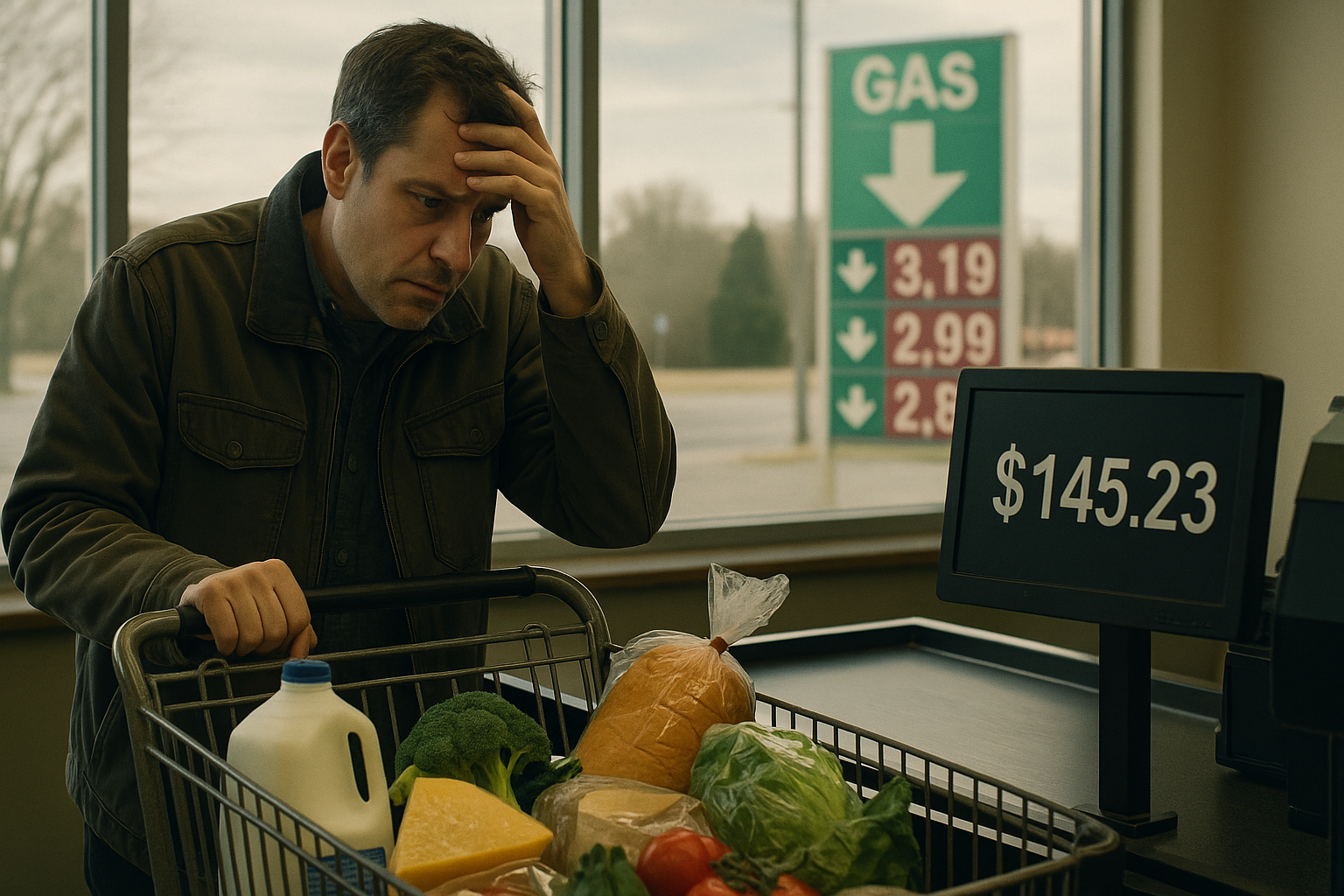The tariff bill is coming due. And guess who's paying it? (Spoiler: it's you.)
March's inflation numbers hit like a splash of cold water on the "we've got this under control" narrative. A 0.4% monthly bump pushed annual inflation to 3.5% — the highest in six months and a rather inconvenient truth for those hoping inflation was on a one-way trip back to normal.
Look, we've been hearing the same refrain for months now: "Sure, tariffs are increasing costs for businesses, but don't worry! Corporations will just absorb those expenses!"
I've covered economic policy long enough to know that's never how this story ends.
Companies don't eat costs forever. They play what I call the waiting game — nobody wants to be first to raise prices, but nobody wants to be the last one holding the bag either. It's economic hot potato, and the music just stopped.
The evidence is everywhere if you're paying attention. Core CPI (that's the measure that strips out food and energy) also rose 0.4% month-over-month. Housing, transportation, medical care — price increases have broadened out across the economy in exactly the pattern you'd expect when businesses collectively decide "now's the time."
This creates a real headache for the Fed. They've been telegraphing rate cuts for months, practically winking at markets that relief was coming. Those winks are turning into awkward stares as each inflation report pushes the timeline further out. Markets had priced in three cuts this year. Now? Maybe one. If we're lucky.
Which brings us to that word economists whisper with dread — stagflation. That 1970s nightmare of stagnant growth paired with stubborn inflation.
Are we there yet? No. But we're drifting uncomfortably close to that exit on the economic highway.
Here's the problem (and it's a doozy): tariff-driven inflation isn't your garden-variety "too much money chasing too few goods" situation. Tariffs are essentially taxes that raise prices regardless of demand. The Fed can hike rates until we're all living in our cars, but it won't change the fact that imported goods cost more because of policy decisions.
The irony is thick enough to spread on toast. Tariffs get sold as protection for American jobs and industries. But if they fuel inflation that keeps interest rates high... well, those same high rates eventually crush employment anyway. It's like putting out a kitchen fire with gasoline.
For investors, this means recalibrating expectations. That "Fed pivot" everyone's been positioning for? It's moving further away, like a desert mirage. Bond yields stay high, equity valuations stay compressed, and companies with pricing power become the belle of the ball.
(Having watched several economic cycles, I can tell you that nothing creates investor anxiety quite like postponed monetary relief.)
The million-dollar question now: how long before consumers cry uncle? Real wages have been growing, but another round of price increases might finally break the remarkable resilience we've seen from American shoppers. Next month's retail sales will tell us whether we've hit that tipping point.
I suppose there's comfort in knowing we're not dealing with 1970s-level inflation. Yet. But the combination of supply-side pressures and dwindling central bank options doesn't exactly make for restful nights.
In the meantime, those price increases we've been warned about? They've arrived. The hot potato has been passed to consumers.
And it burns just as much as economists feared it would.




